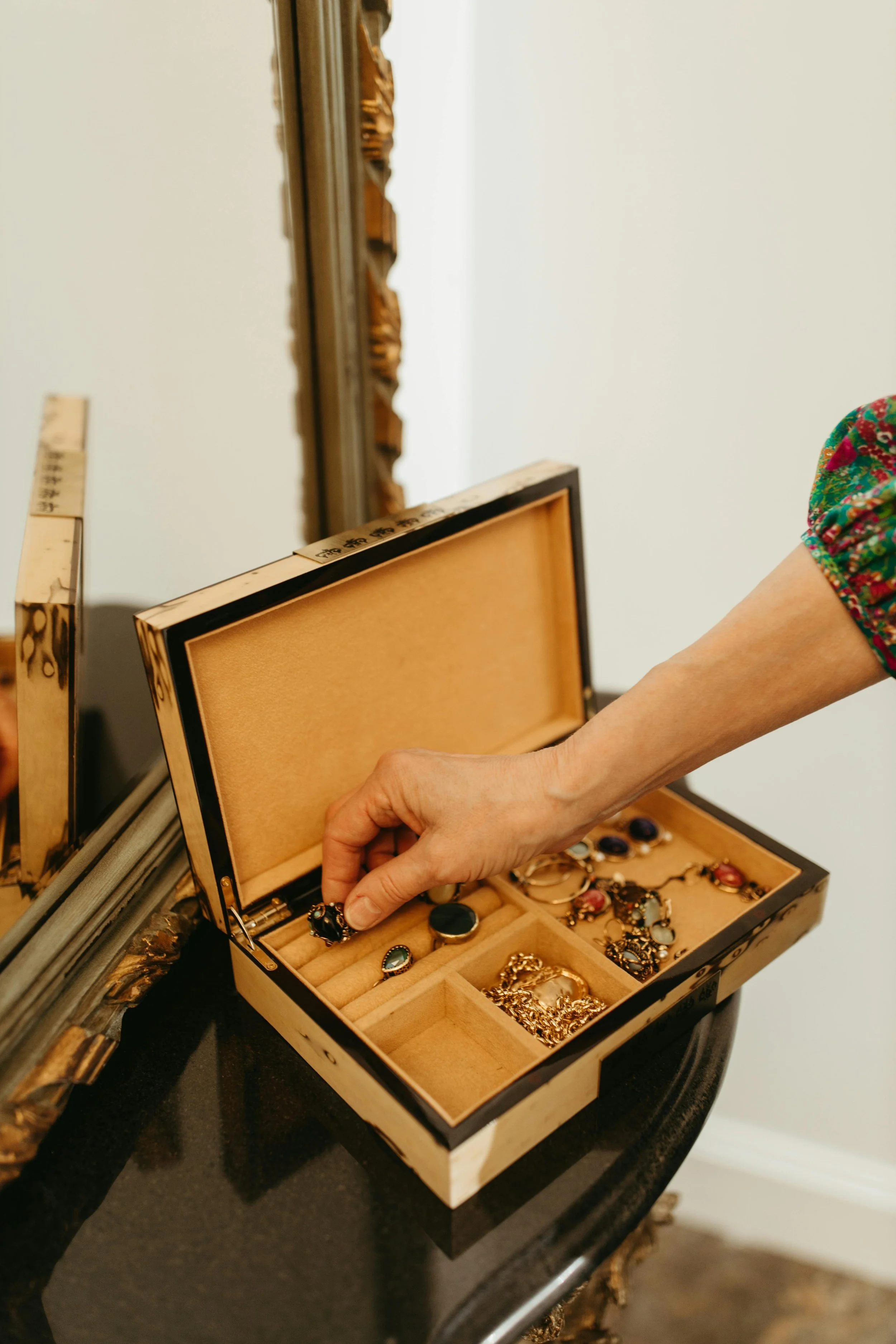How to Check the Quality of Hair Extensions
By PAGE Editor
Hair extensions are the best-kept secret of celebrities, and anyone else desiring Rapunzel-like tresses without having to wait for even lengthier growth periods. Like any other hair product, quality (as well as application technique) can make a world of difference between a hair-do and a hair-don’t.
While some extensions create a glossy mane that looks just as good as the real thing, others are best avoided. Here are some tips on how to identify top-quality hair extensions, and what you need to avoid.
Questions to Ask
One method of telling whether hair is real or not is to use the flame test, although this risks creating a fire hazard, especially due to potentially flammability of the extensions and any hair products that might be close by. A better (and safer) way is to ask your stylist about:
Origins: Human hair varies widely in quality and ideally should all be from one source: Russia, India and Brazil are all good options
Mixing: Reputable salons hand-mix their strands to create custom colors and should be able to answer about this in a clear and concise way.
Heat-styling: While some synthetic hair is relatively heat-safe, other types could melt onto your hair if heat-styled. Your stylist has a responsibility to inform you of this, so if you are unsure, ask them about this and any tools or products they recommend for heat-styling.
Ethical practices: Stylists should be happy to field questions on this topic (and answer without any vague greenwashing statements)
You can also request a sample bundle from your stylist to make the following tests yourself:
Water stretch: Poor-quality strands will either be surprisingly elastic or break easily, while good-quality hair tends to hold strong. To check this, soak a few strands in water for a few seconds and stretch them out.
Smell: It might sound strange, but smell your extensions. No one wants a head that smells like cheesy puffs or chemicals. If they do, it’s likely you have processed hair extensions.
Lather up: Using a white-colored shampoo, wash the hair to check there are no colored suds,as this can indicate the presence of dyes or processing. Hair should also return to its original state after washing.
Filler test: Random pieces and strings of plastic throughout the hair indicate that fillers have been used to thicken the strands (just be wary not to confuse these with strings used in hand-tied extensions).
Strand test: Lightly pinch one or two strands and move them from the top to the ends, then in the other direction. If you feel resistance, the cuticles are intact: a sign of unprocessed hair.
Tapered, thin ends and varying lengths: This can also indicate hair from different donors or even fallen hair.
Touch: Hair that feels cool tends to retain moisture(an indicator of high quality), while poor quality hair extensions will feel warmer, more like insulation.
Cost
In many cases, hair extensions are very much a case of “you get what you pay for”. As a general rule, synthetic hair tends to cost far less than real human hair, although if you are having your extensions installed in-salon, this includes the cost of your stylist. Beware retailers attempting to sell so-called premium hair extensions for cheap; if the deal looks too good to be true, it probably is.
HOW DO YOU FEEL ABOUT FASHION?
COMMENT OR TAKE OUR PAGE READER SURVEY
Featured









Tap to read…